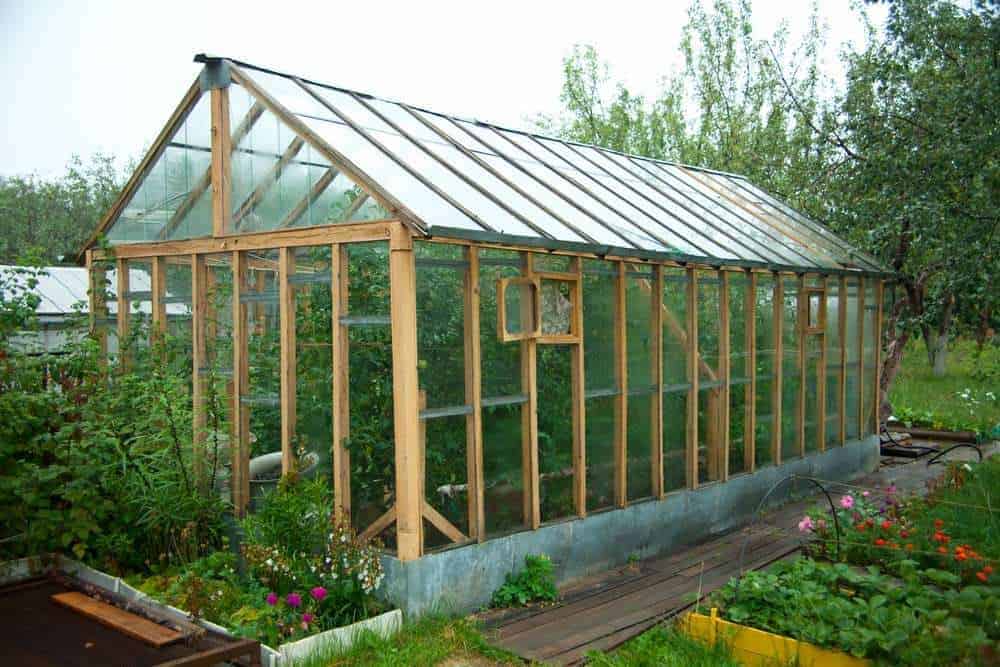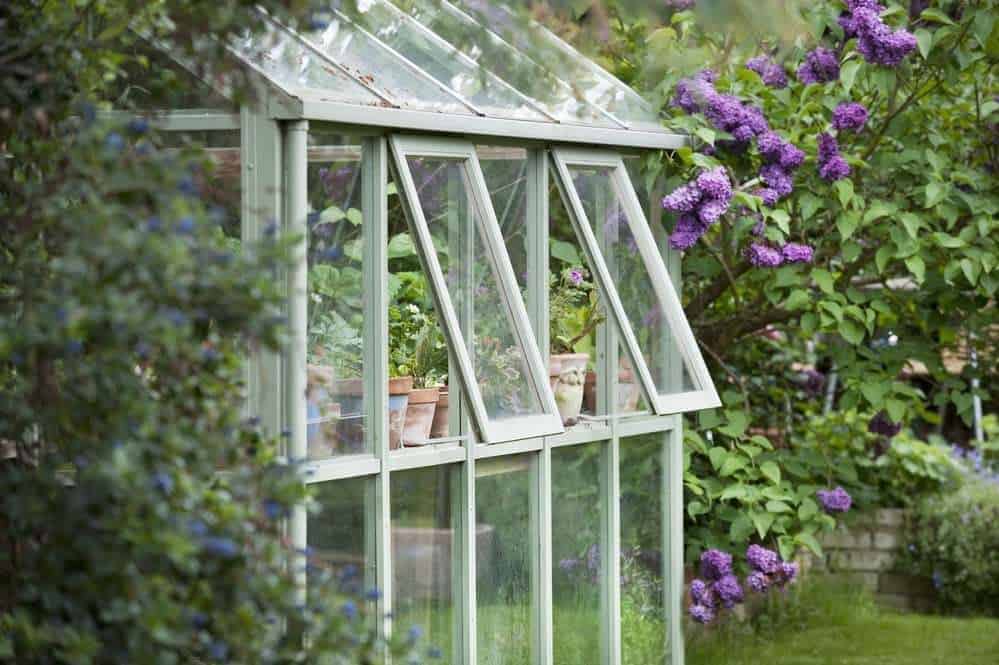Owning a traditional greenhouse is one of the best ways to eat clean, minimize waste, reduce your carbon footprint, and save money. But solar panels for greenhouses can make them even better.
Naturally, many people shrink at the prospect of building their own greenhouse with solar panels. Luckily, it isn’t as complicated as you may think. In just seven steps, we’ll walk you through the entire process from start to finish. By the end of this article, you’ll understand why solar power for greenhouses is your best option.
What Are Solar Power Greenhouses?
Solar-powered greenhouses, like all greenhouses, are transparent enclosures that depend on the sun’s energy to grow fresh, delicious produce. During the winter and shoulder season months—when the sun doesn’t shine as strong or as long—traditional greenhouses require the additional warmth generated by fossil fuels.
A greenhouse with a solar panel roof, on the other hand, is completely self-sufficient. This method isn’t just good for the environment—it’s also a long-term eco-conscious, cost-effective, and energy-efficient solution.
How Does a Solar Panels Greenhouse Work?

Without getting bogged down in scientific jargon, let’s briefly discuss how a solar panel for a greenhouse works to produce electricity.
Each panel is made up of between 32 and 96 photovoltaic cells. When these solar cells are exposed to light particles (photons) emitted by the sun, they generate electricity through the photoelectric effect.
The direct current (DC) then travels to an inverter, where it gets converted to alternating current (AC), making it usable for your greenhouse power and heating systems.
How to Build a Solar Power Greenhouse in 7 Easy Steps
Ready to harness the sun? Roll up your sleeves and break out the toolbelt—it’s time to build your very own solar energy green house.
Step 1: Find the Right Spot
Choose a wide open clearing that receives ample sunlight. Since your greenhouse will need to face south, make sure there aren’t any obstacles obstructing sunlight from reaching your solar panels.
Though predominantly south-facing, you want to orient your greenhouse slightly eastwards. This maximizes morning sunshine while also providing protection from the harsh, late-afternoon heat. Additionally, since the winter sun rises in the southeast, a tilt in that direction guarantees a full daily exposure.
Step 2: Make a Blueprint
Once you’ve determined the perfect spot, it’s time to draw up a plan. But before making a blueprint, you’ll want to consider how much space you want. This should balance three important criteria:
- Your food needs;
- The growing space required to fulfill those needs;
- The walking room required to comfortably navigate the enclosure.
Remember, bigger isn’t necessarily better. More square footage translates to more solar panels needed to adequately heat your greenhouse. Instead, a greenhouse designed well marks a sweet spot between tight and spacious.
We Make Getting A Solar-Powered Greenhouse EasyTell us about your needs and find out how we make installing solar power completely seamless. |
Step 3: Gather Your Building Materials
There are two key metrics when choosing the right building materials for your greenhouse with solar power.
- Transmissivity (T): A measure of the degree to which a material allows electromagnetic radiation to pass through it.
- R-Value: A measure of a material’s insulating ability.
While all greenhouses require highly transmissive materials, solar powered ones are particularly finicky. Glass—one of the most commonly used materials for traditional greenhouses—has a T of 40%-70%. A greenhouse with solar panel systems, however, requires a minimum of 70%.
Step 4: Insulate Your Greenhouse

Now that you’ve framed your greenhouse, it’s time to insulate it accordingly. Unlike a home—which is evenly insulated along all its exposed walls—greenhouses are preferentially insulated based on their relative position to the sun.
For instance, the structure’s north-facing wall doesn’t receive direct sunlight. As a result, it should be completely insulated to prevent precious heat from escaping while keeping the cold at bay.
Moreover, if you live in a four-season country, you’ll also need to insulate both the east and west walls, in addition to the floor and perimeter. To determine the precise R-value recommended for your location, contact a designer or nursery in your area.
Step 5: Install Ventilation
In order to maximize plant growth and longevity, you need to strategically ventilate your solar panel greenhouse. Ventilation not only lets you cool your enclosure, it maintains the health of your plants by reducing the chances of harboring harmful pests and plant diseases.
To keep energy requirements low, make use of natural ventilation. Place intake vents just above group level and exhaust vents just below the ceiling. The former will let cool air into the greenhouse; as the air warms and rises, it’ll eventually escape through the upper vents.
Step 6: Storing Heat Using Thermal Mass
Thermal mass is a key feature to consider when building a passive solar greenhouse. Materials with thermal mass absorb, store, and release heat. During the day, the material works by passively absorbing and storing heat, then slowly releases it overnight.
In other words, thermal mass provides inertia in the face of potential temperature fluctuations. This is especially important if you plan on using your solar panels to heat your greenhouse during colder months. Materials with thermal mass include:
- Water;
- Rock or sandstone;
- Tiles;
- Concrete;
- Adobe plaster;
- Cob
Water can be stored in big barrels and stacked one on top of the other to create water-walls.
| Learn How Energy Efficient Technologies Are Helping Save Money and Save the Planet: |
Step 7: Make Use of Soil and Irrigation
If possible, use the earth itself as your greenhouse floor. Nutrient-dense topsoil will allow your garden to flourish more than any alternative. Mix compost into the soil and add mulch to the surface; this will help improve soil structure while increasing available nutrients.
Additionally, consider installing a rainwater drip irrigation system. Rainwater is free of harmful chemicals and additives. It also contains nitrogen, an essential plant macronutrient.
Airis Energy – The Best Solar Panels for Greenhouse Projects
According to a North Carolina State University study, greenhouse solar panels are the way of the future. As the technology continues to improve, solar energy and solar heating will become increasingly energy-neutral, affordable, and dependable.
Are you ready to experience solar power for greenhouse use? Trust Airis Energy to install, monitor, and manage your solar energy for greenhouse needs. Contact us today to get your free assessment.

